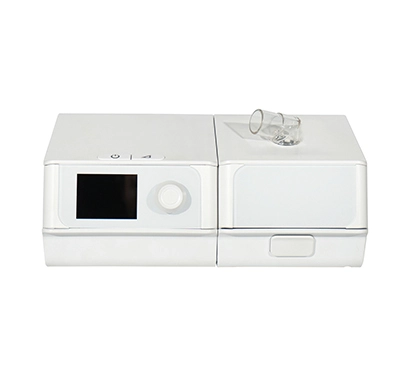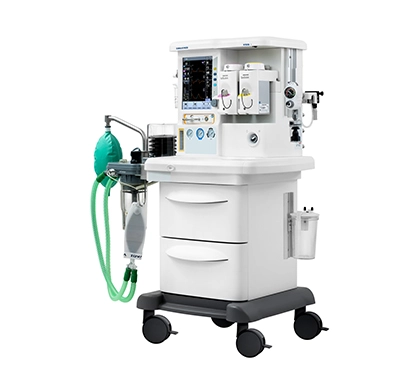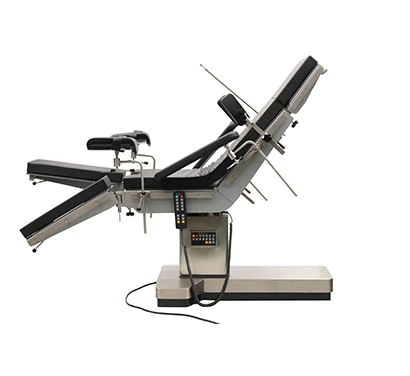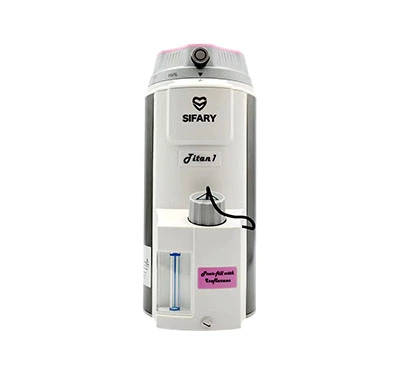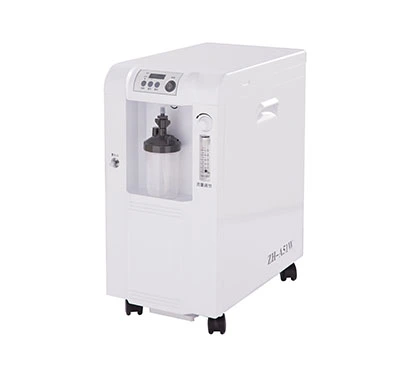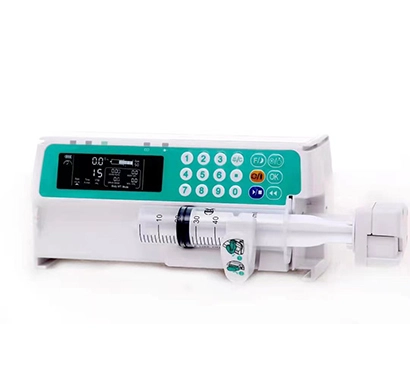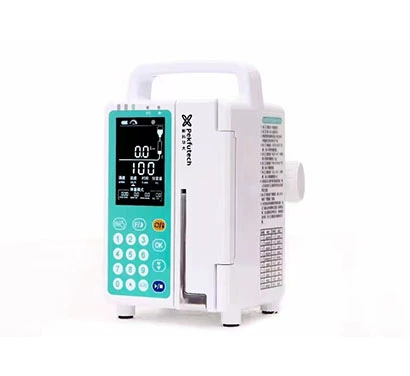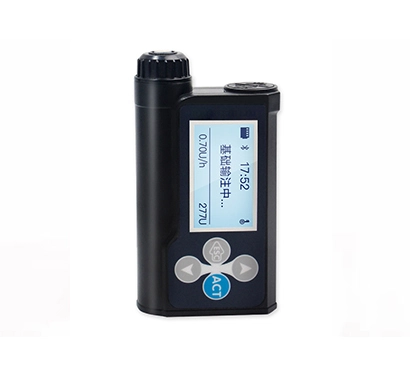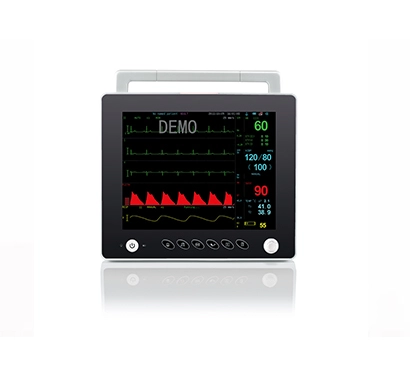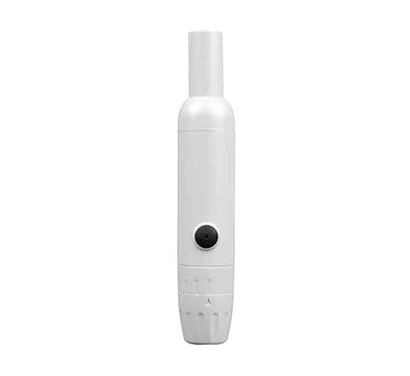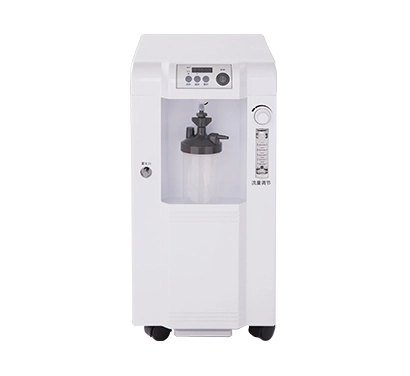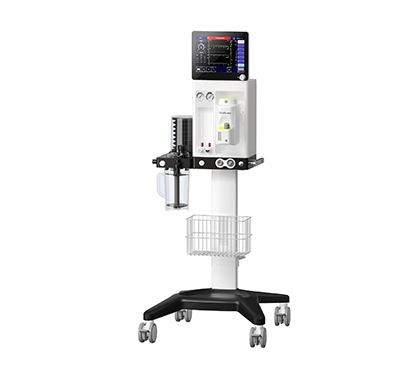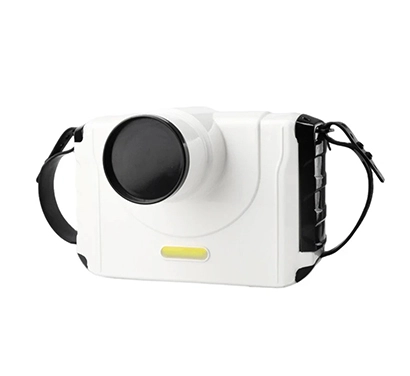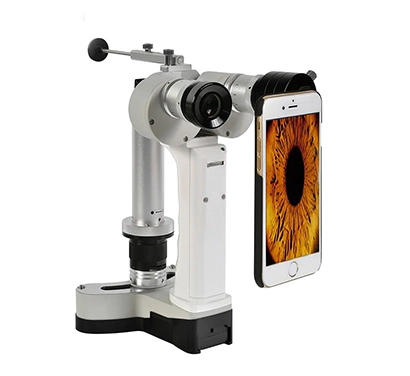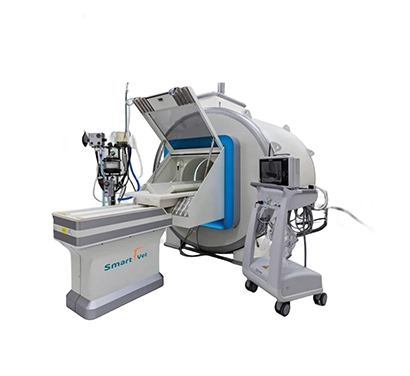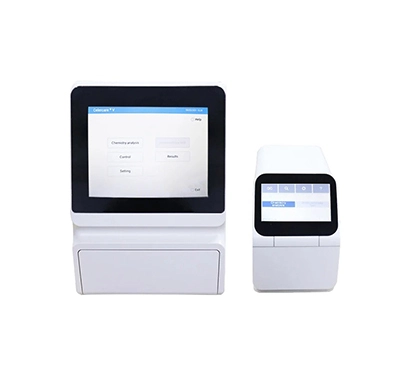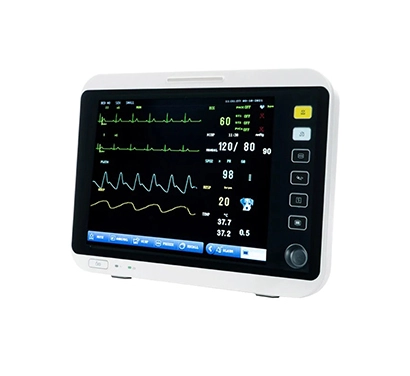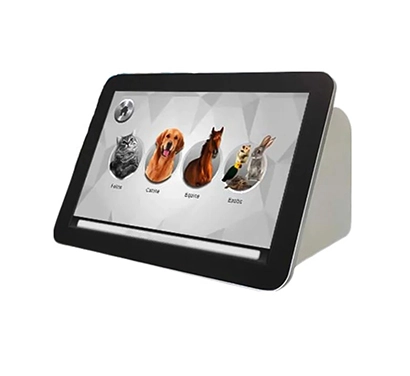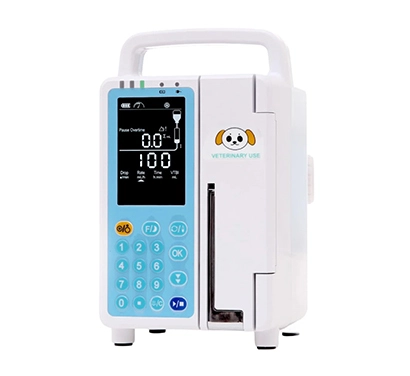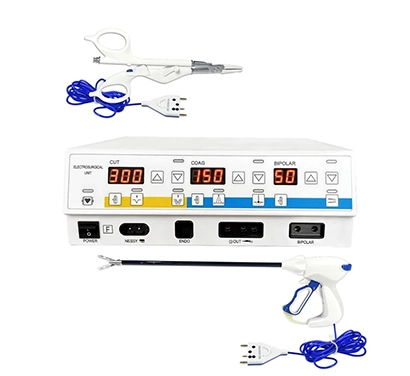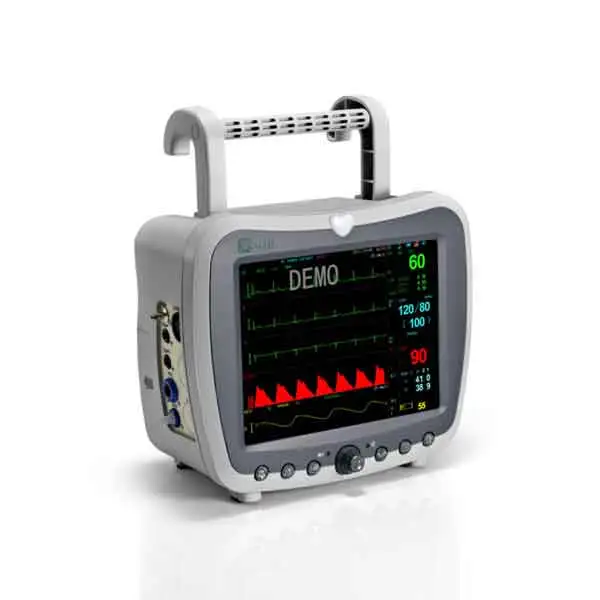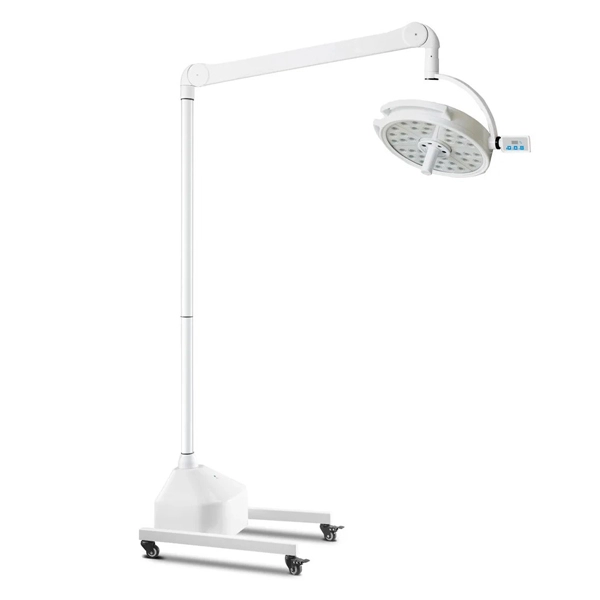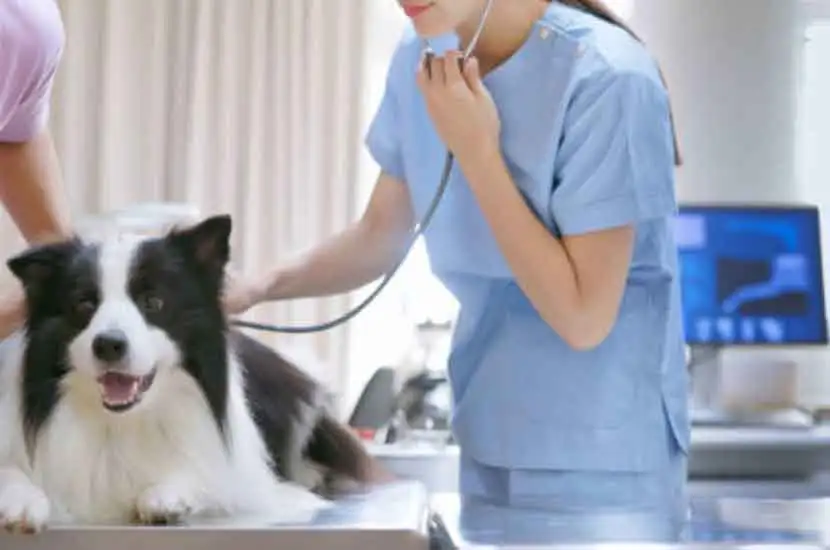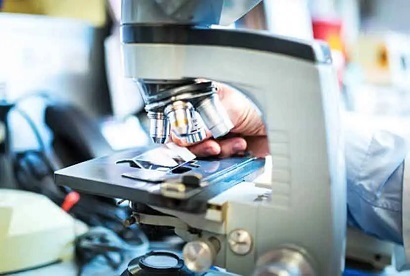In recent years, China's veterinary anesthesia machine industry has experienced significant growth, driven by the expanding pet care market and increasing demand for high-quality animal healthcare services.
Among the latest innovations, the Anesthetic Ventilator V3 has emerged as a notable entry-level option in this sector. As pet ownership continues to rise, the need for reliable and efficient veterinary anesthesia equipment, including models like the V3, has become more pronounced.
The Chinese veterinary anesthesia machine market is expanding rapidly, with a compound annual growth rate (CAGR) estimated at around 10-15%. This growth is fueled by:
1. Rising Pet Ownership: With over 100 million pets in urban households, the demand for advanced veterinary surgical equipment, including anesthesia machines such as the Anesthetic Ventilator V3, has surged.
2. Companion Animal Healthcare: The focus on companion animal health has led to increased investment in specialized veterinary equipment, ensuring better care for pets.
3. Regulatory Improvements: Stricter animal welfare regulations and veterinary standards have encouraged clinics to invest in high-quality anesthesia devices, with the V3 being a preferred choice due to its precision and safety features.
Technological Advancements
Chinese veterinary anesthesia machine manufacturers are making strides in developing more sophisticated and user-friendly veterinary anesthesia machines. The Anesthetic Ventilator V3 exemplifies this progress with its key innovations:
· APL Valve with One-Touch Closure: Ensures quick and easy control of airway pressure.
· Integrated Design, No Exposed Airway Tubes: Streamlined design reduces contamination risks and enhances usability.
· Integrated ACGO Function, One-Touch Switch: Allows seamless transition between different ventilation modes.
· CO₂ Absorbent Canister: Can be installed and unlocked with one hand, simplifying workflow.
· Compatibility with Various Monitors: Easy to attach and detach with one-touch functionality.
· Independent Oxygen Generator Interface: Allows the use of an oxygen generator as the oxygen source, providing flexibility.
· Versatile Installation Options: Can be placed on a tabletop, wall-mounted, or installed on a trolley, making it adaptable to different clinical environments.
Challenges and Opportunities
Despite progress, the industry faces challenges such as:
· High Dependence on Imports: Core components like precision vaporizers and sensors, even in advanced models like the V3, still rely on foreign suppliers.
· Uneven Regional Development: Advanced veterinary care, including access to cutting-edge equipment like the Anesthetic Ventilator V3, is concentrated in urban areas, while rural regions lag behind.
However, opportunities abound, particularly in export markets and domestic innovation. With government support and increasing R&D investments, China is poised to become a more competitive player in the global veterinary anesthesia equipment sector, with products like the V3 leading the way.
Conclusion
China's veterinary anesthesia machine industry is on an upward trajectory, supported by market demand and technological advancements such as the veterinary anesthetic V3 from RHC Medical.
While challenges remain, the sector's potential for growth—both domestically and internationally—is substantial, paving the way for further advancements in animal healthcare.
Whether you're treating companion animals in a pet hospital or conducting research, the V3 is your trusted partner in delivering the best possible care.
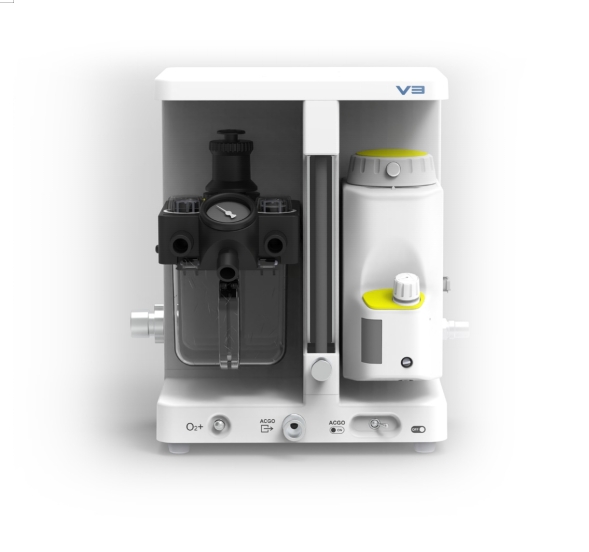

 EN
EN
 fr
fr  es
es  ru
ru  ar
ar 